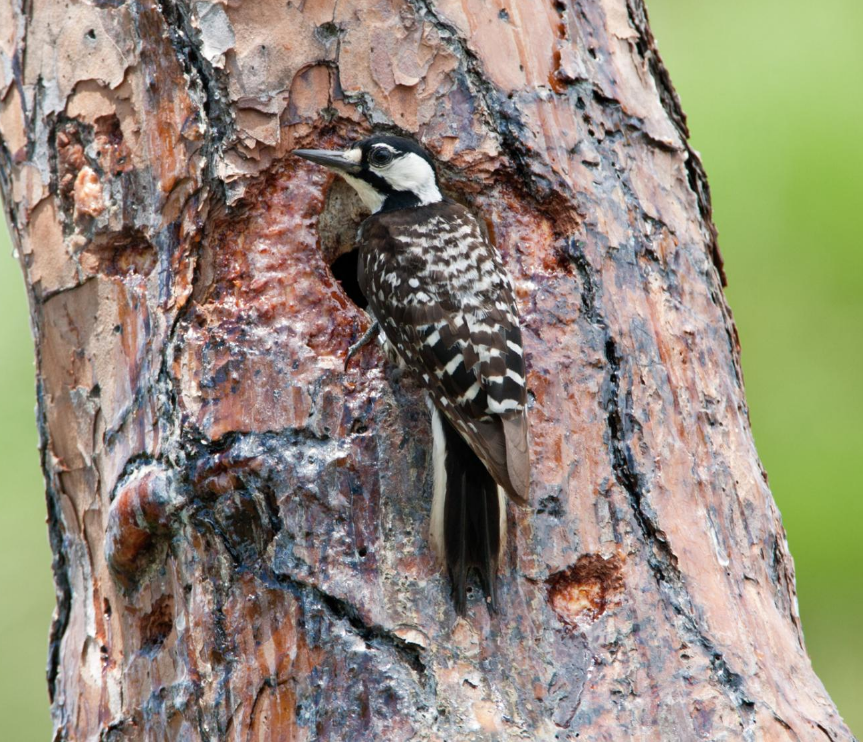Creation and destruction are two sides of the same coin. On the one hand, the fire is raging in the mountain ranges of Sierra Nevada and Cascade. However, this extreme environment, which you will call hell, is home for the native black-backed woodpecker. It is the best of times for the endangered bird, and the inferno is for them to continue their transformative practices in the forest.
These Endangered Woodpeckers continuously drill holes in fire-hardened trees in their quest for insects. However, in the process, they create ready-made homes for dozens of different animal species. These animals eat who eat plants seeds and distribute them hither and thither in their droppings. The seeds help the forest to regenerate, thus making up for the loss of forests to fire.
Seasonal Fires Are Important
Seasonal fires are essential for the evolution of an entire web of plants and animal species. The woodpecker seeks the fire destroyed trees for its favorite food- the black fire beetle’s larvae. The beetle has evolved heat-sensing organs so that it can lay eggs in warm places.
Nature’s Engineers
Teresa Loren is a wildlife biologist with the U.S. Forest Service’s Pacific Northwest Research Station in Olympia, Washington. She was talking to National Geographic and said that Wood Peckers are nature’s engineers. Numerous species like the chipmunks, flying squirrels, mountain bluebirds, and wood ducks search vacated woodpecker’s nests. The unique construction of the nests insulates the inhabitants from the effects of nature.
There are 180 different species of woodpeckers on the earth. The black-backed woodpecker is not the only bird that thrives in such an inhospitable environment. Another species, the red-cockaded woodpecker living in the opposite corner of the US, also loves the fiery environment. It prefers the leftovers of the burned undergrowth of the longleaf pine forests of the southeast and mid-Atlantic.
